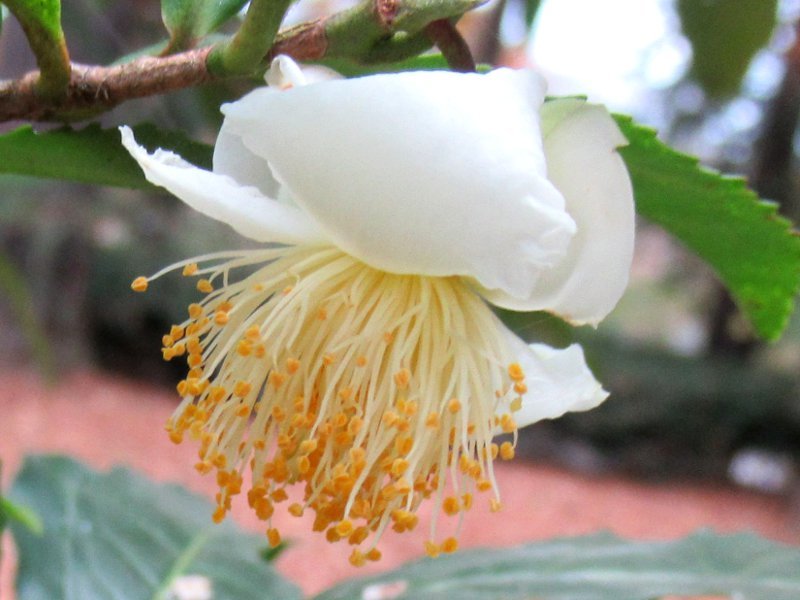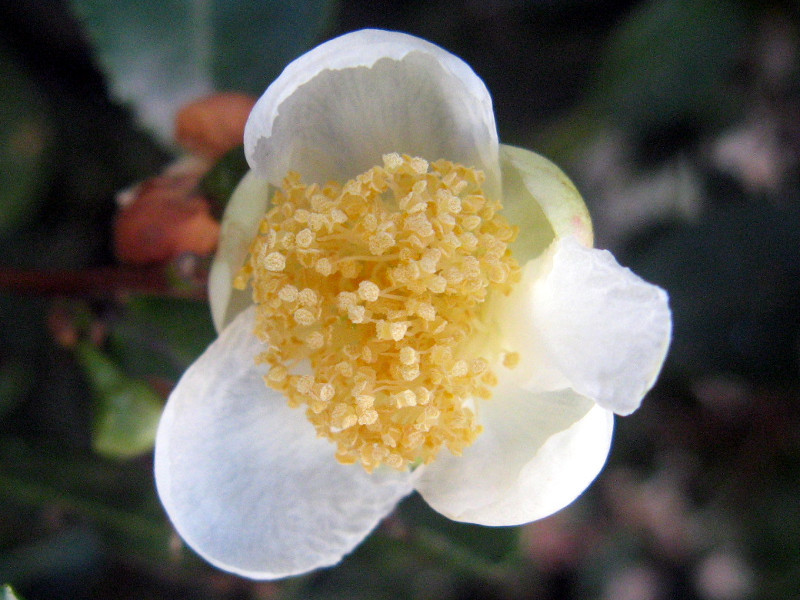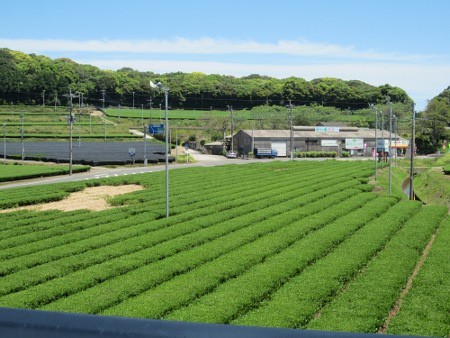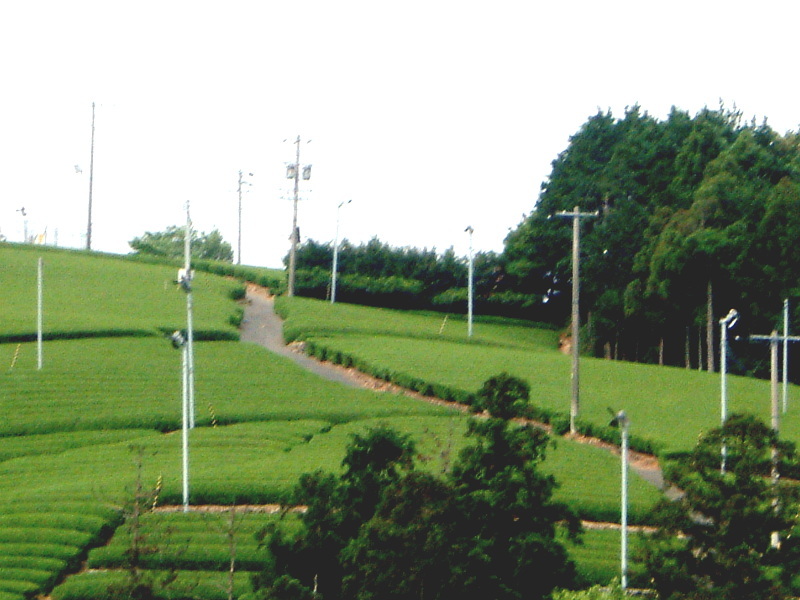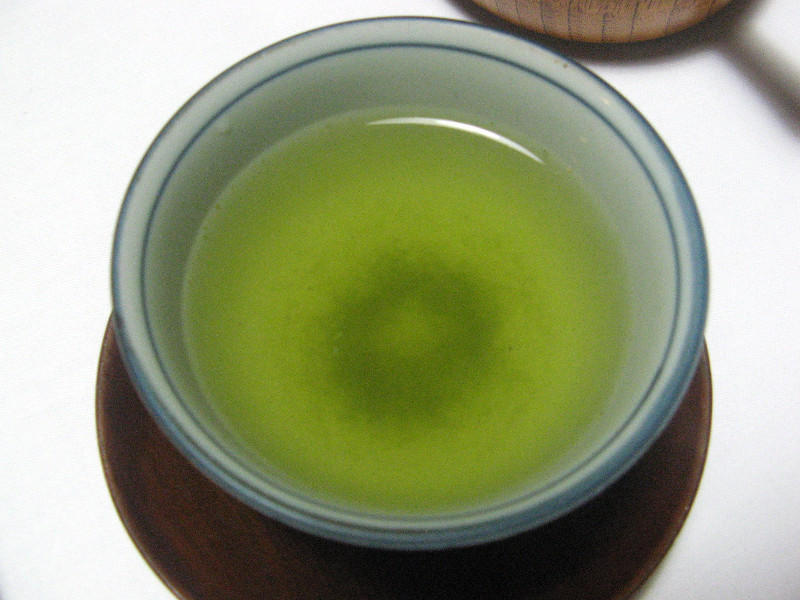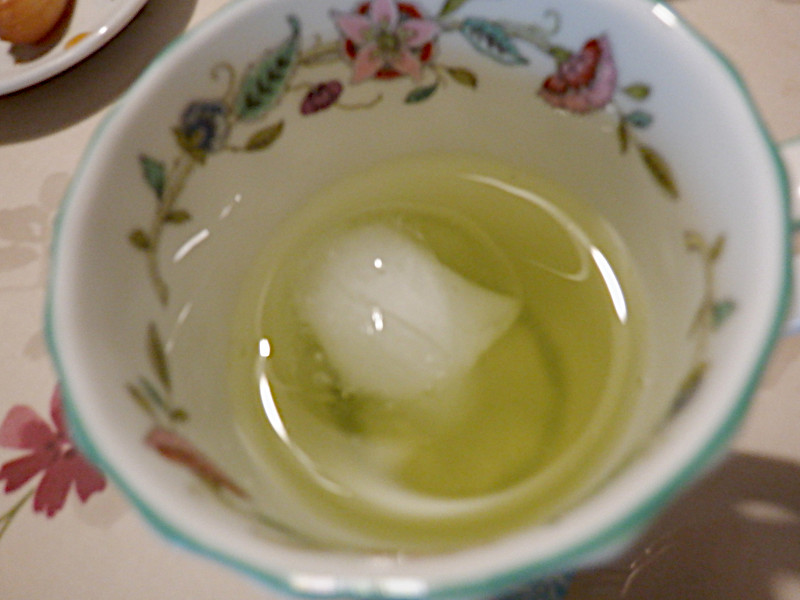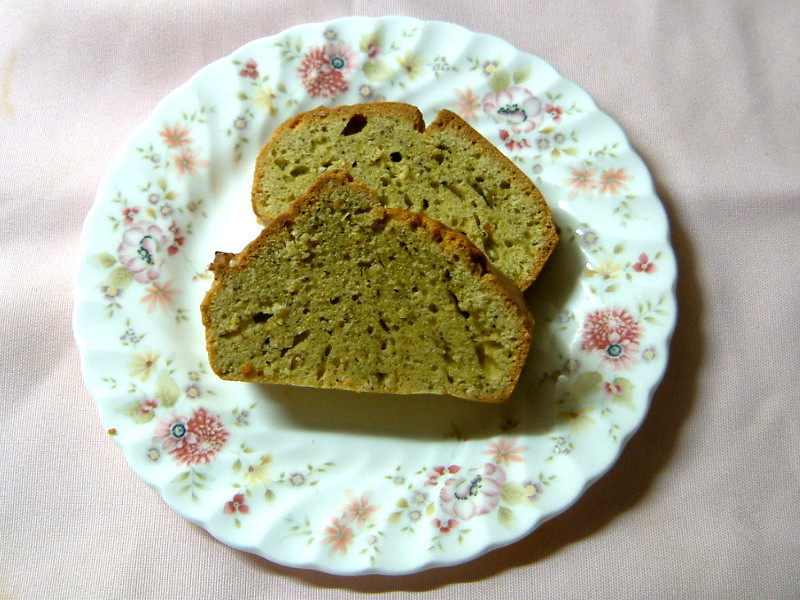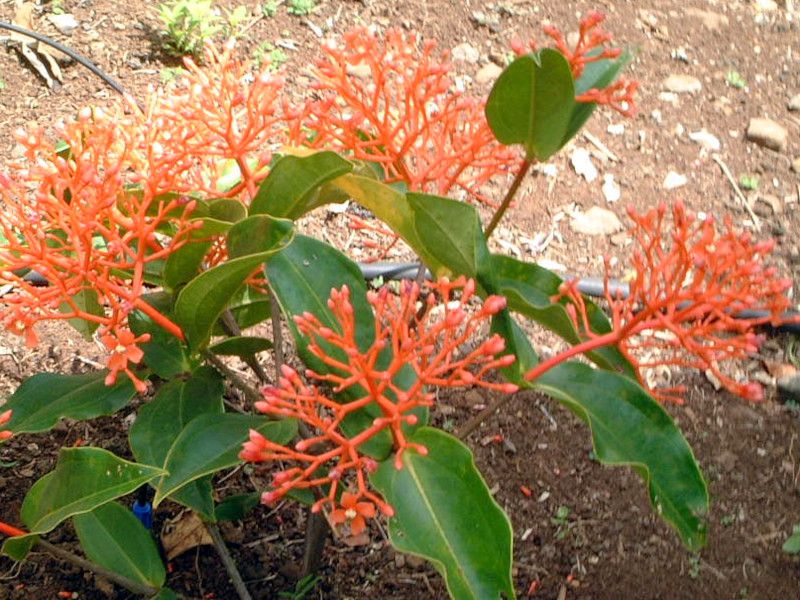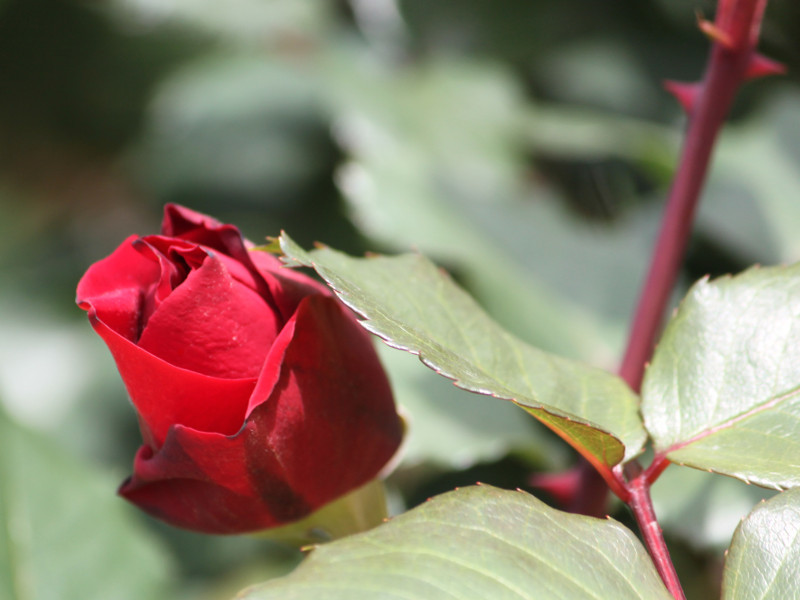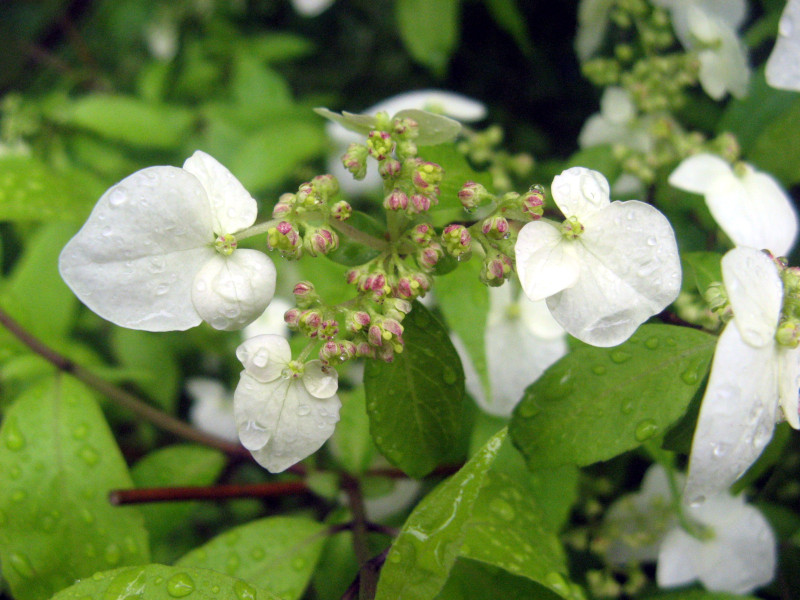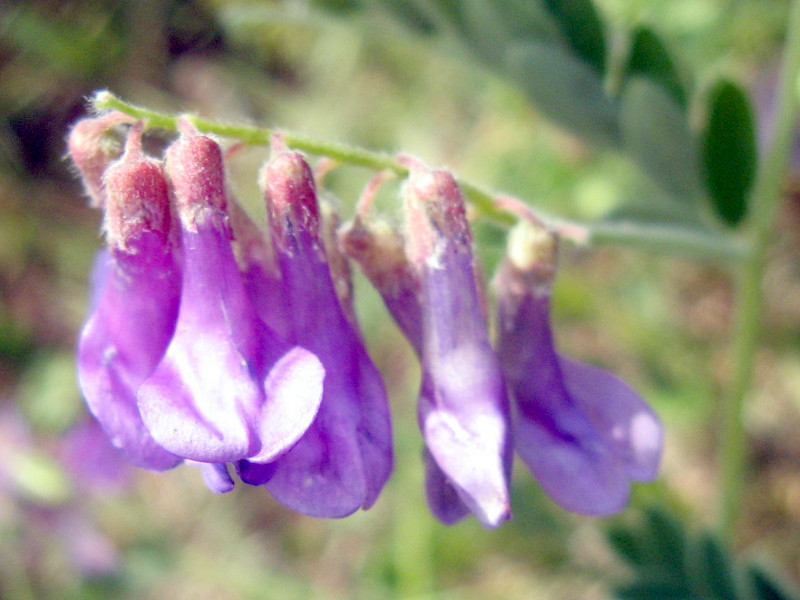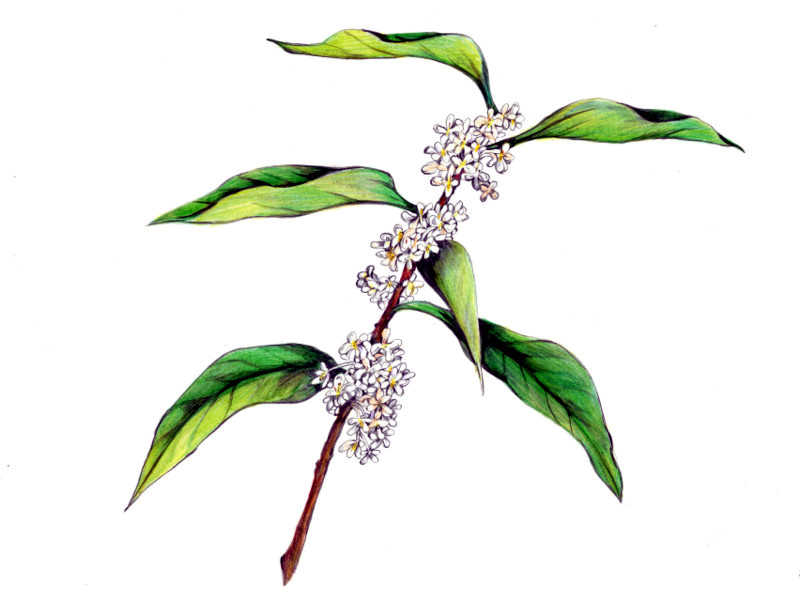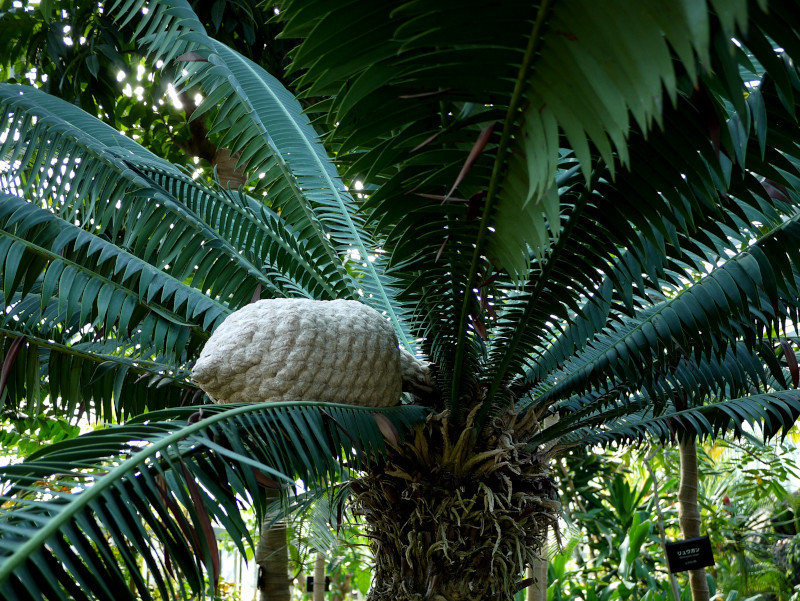Tea tree
- Flower nameTea tree
- Scientific nameCamellia sinensis
- Aliasチャのキ, Tea plant, 茶の木, 茶, green tea, チャ
- Place of originTaiwan and China
- Place of floweringField, Low mountains
- Flowering seasonSeptember, October, November
- Language of flowersHumble
What is Tea tree
Tea tree (scientific name:Camellia sinensis) is native to Taiwan and China and is an evergreen shrub of the family Theaceae. The leaves are green and glossy, thin in the cortex, lanceolate shape, saw tooth on the leaf edge, stick together with each other. From autumn to early winter, the inflorescence is extended and white flowers are blooming downward. Flowers are similar to Camellia japonica (Tsubaki), Stewartia pseudocamellia (Natsu-tsubaki) and Camellia sasanqua (Sazanka) because it is a member of camellia. Lump of stamens joined together at the base is larger than other flowers. Leaves are the material of green tea, it is known as health tea. Tea contains flavonoid (Flavonoid), one of the natural pigment ingredients "catechin", which becomes a source of astringency and bitterness, has antioxidant power, prevents food poisoning and cold. Typical production areas of Japanese tea include Shizuoka, Nara, Kyoto, Chiba, Niigata and Chiba. Japanese tea is a non fermented tea, so called "green tea", there are kinds according to the cultivation method of tea leaves, the manufacturing process of tea, how to drink. Types of Japanese tea include Sencha, Gyokuro, Bancha, Hojicha and Matcha.
✙ Sencha is roasted after rubbing and steaming the tea leaves.
✙ Matcha is steamed and dried to make it powdery without rubbing the tea leaves.
✙ Hojicha is roasted tea leaves. There is Kaga-bo tea in Ishikawa Prefecture where the stems were shallowly decocted in typical roasted tea.
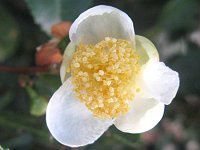
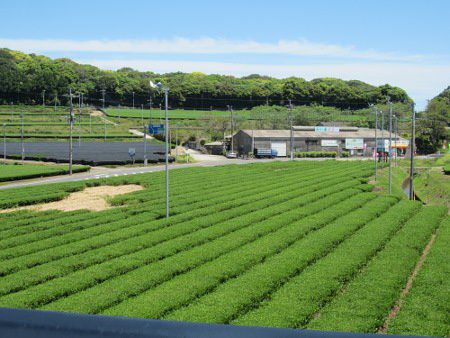

left: tea flower, center: tea plantation, right: green tea
Common name: Tea tree, Scientific name: Camellia sinensis, Synonym: Thea sinensis, aka: tea, Tea plant, Place of origin: Taiwan and China, Living type: Evergreen shrub, Tree height: 1 to 2 m, leaf color: glossy dark green, leafy: thin cortical, leaf shape: oblong lanceolate, leaf height: 7 cm, stem pattern: Short, leaves: alternate, leaf margin: with serrated teeth, inflorescence: single life, flower exiting place: axilla, flower color: white, flower size: 2.5 cm, number of stamens: large number with ligation at the base, flowering season: September to November, breeding method: sowing, cutting, ingredients included: catechin, caffeine, theanine, use: food and drink, medicinal, garden tree.The genus 'Camellia' is based on Georgius Josephus 'Camellus' who read the name of Georg Joseph Kamel who introduced Philippine plants for the first time in Europe. "Species" of "sinensis" is "Chinese", the language of the flower is "humility.
